By Emma Young
Shark Bay Shire is considering a backflip on its decision to protect a critically endangered bird habitat and allow a set of bush tracks to remain open to vehicles despite environmental damage they are causing.
BirdLife Australia has confirmed that as part of the World Heritage listed marine park, Little Lagoon Creek is considered important habitat for four critically endangered bird species, the eastern curlew, the curlew sandpiper, the bar-tailed godwit and the great knot, which breed in the northern hemisphere and winter in the southern.
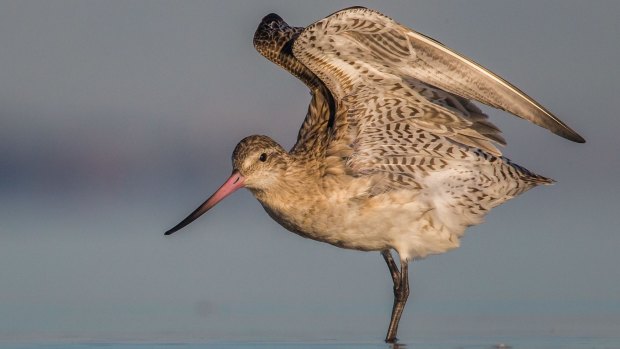
Critically endangered bar-tailed godwit.Credit: Georgina Steytler
A 2010 rehabilitation master plan was partially completed in terms of providing amenities such as shelters and barbecues, but action on the rehabilitation aspect has been lacking, sparking community concerns about degradation.
In August 2017 the council resolved unanimously to progress the rehabilitation aspect including vehicle track closures, given the impact 4WDs and quad bikes were having upon the fragile environment.
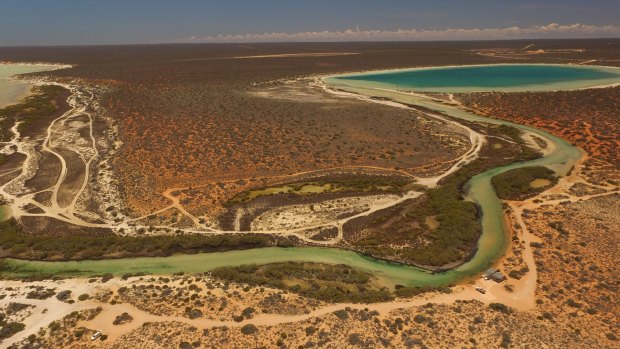
The Little Lagoon Creek area.
But four months later a councillor moved a retrospective community consultation be held with two options for track closures, and in a vote that split the council, it was decided a third option be included: no track closures at all.
The survey was sent out mentioning that the area was degraded due to unrestricted vehicle access, but did not provide any information about the extent of degradation, the critically endangered shorebirds that live there or the protections these species have under federal law.
It got 87 responses and about two-thirds of the responses opted for no closures.
The council is now considering revoking its decision to close the tracks.
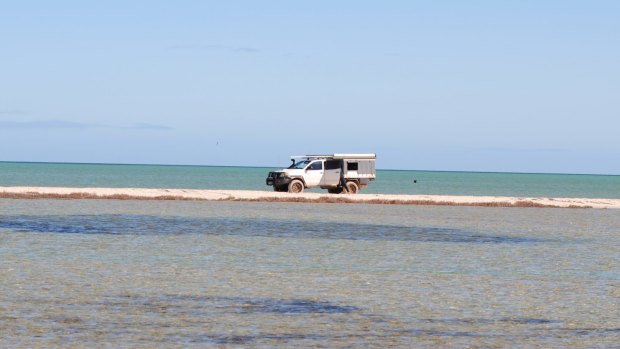
Driving on local beaches is a favourite pastime in the area. Credit: Nic Dunlop
"It was my opinion that the community consultation was already not warranted, given we had already made the decision to have track closures," shire president Cheryl Cowell said.
"Some councillors wanted to include a third option, which was 'do nothing'. And that option went up.
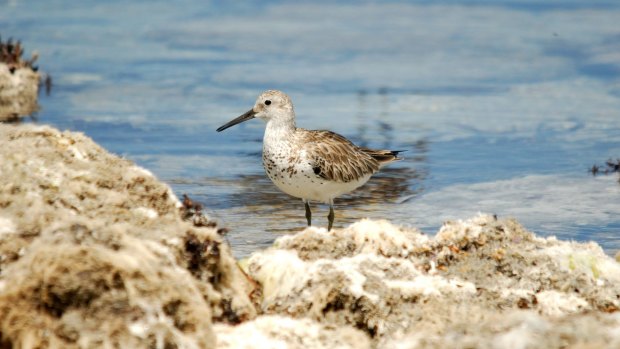
The critically endangered great knot. Credit: Robyn Pickering
"Eighty-seven people have responded out of the town's population of six or seven hundred.
"I personally think the beach area shouldn't have 4WDs around it because there are endangered shorebirds nesting along there, and that there could have been a bit more information about it included in the survey."
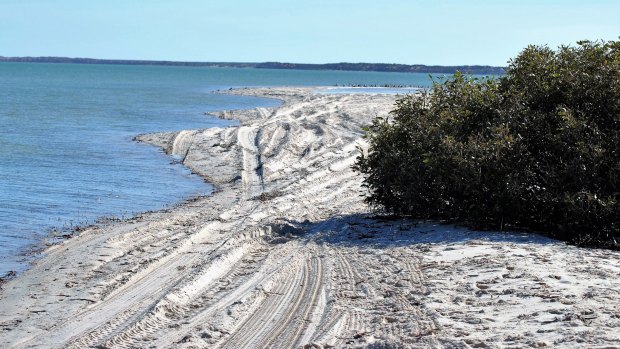
Shark Bay sandbar disturbance.Credit: Nic Dunlop
The local Aboriginal corporation has indicated the Malgana people want motor vehicles restricted, though they support the proposal to develop a walking route.
The agenda for Wednesday's meeting states that council is now in a difficult position, given its responsibility to manage environmental risk.
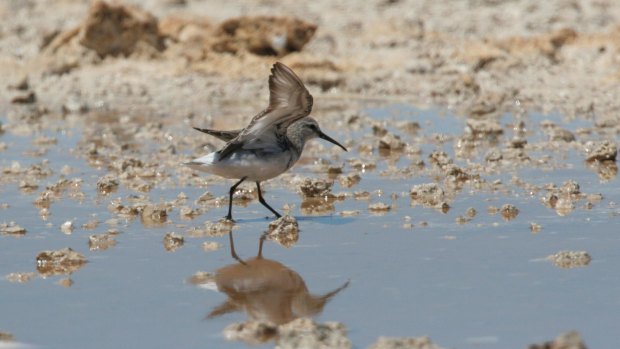
The critically endangered curlew sandpiper. Credit: Rod Smith
The agenda noted that council could leave some tracks open, close all deemed unnecessary and erect signage prohibiting driving off the tracks. This would be difficult to police but would benefit greatly from an educational program to help enforce track closures.
BirdLife Australia have confirmed the area is also important habitat for the red knot and lesser sand plover, both listed nationally as endangered, and the greater sand plover, listed nationally as vulnerable.
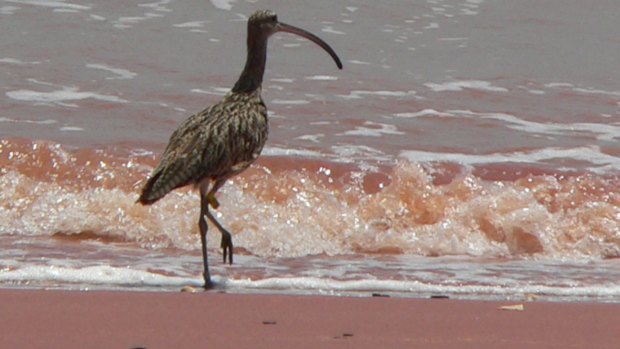
Critically endangered far eastern curlew. Credit: Frank O'Connor
It has said the area is also of international conservation significance as habitat to four migratory species: sanderling, ruddy turnstone, red-necked stint and grey-tailed tattler.
It has also confirmed allowing vehicles to drive on these areas would constitute a "significant impact" within federal guidelines.
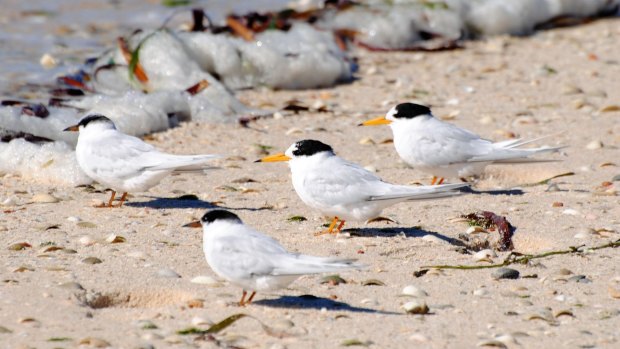
Australian fairy terns at Shark Bay last year.Credit: Nic Dunlop
The federal Department of Environment has been contacted for comment.
Nic Dunlop, citizen science program coordinator for the Conservation Council of WA, was in Shark Bay last year doing work with the WA fairy tern conservation network.
"The thing that appalled us in the whole exercise was that every sandbar visited either had 4WDs or fresh tracks of daily visits of vehicles to these areas where the birds roost and sometimes breed," he said.
"There seemed to be no attempt whatsoever to protect these sites from off-road vehicles and dogs.
"Constant disturbance reduces the birds' ability to rebuild their body mass after migration, for the trip back to the northern hemisphere ... it is likely to reduce the survival rate of these species, many of which are already in trouble because foraging places in the flight back to South East Asia are also disappearing.
"Recreating humans and breeding birds is not a good combination for survival, and once humans get used to these recreational pastimes they are usually unwilling to give them up."